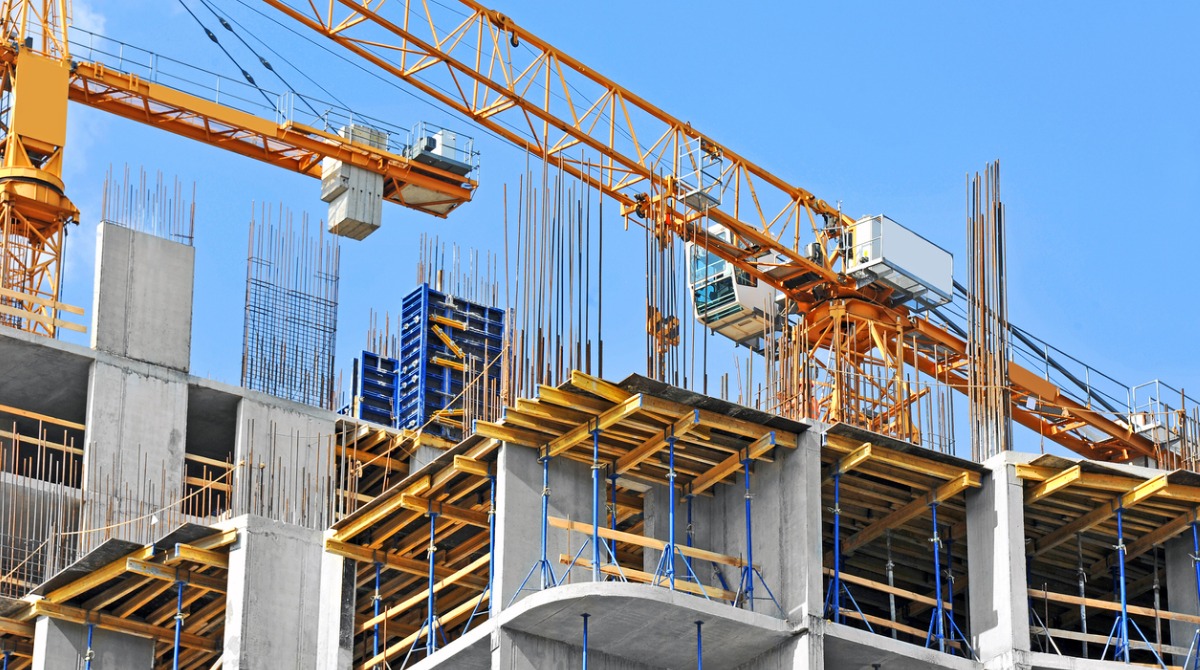
During this pandemic, the construction industry has seen uneven growth by subsector and location due largely to COVID and technology put in place that allowed people to avoid leaving their homes for work, school and shopping.
An article in The Street states that cities and states with strict lock-down rules gave the industry a tough time. So did places with looser regulations but a high dependency on travel and tourism like Florida for example. But other locations like Texas were booming. In fact, Texas held the largest construction market at $196 billion in 2020, due to growth in manufacturing, power generation and transportation.
At the same time, residential building, which jumped 11% last year, was the main driver of growth nationwide, especially in the last two quarters according to Oxford Economics. Spending on offices and recreation and amusement facilities, however, took a hit.
Author and economist Jeremy Leonard of Oxford Economics stated that next year the industry will see several surprising shifts play out: Residential will continue to grow, while commercial construction stagnates and in some sectors declines. Office construction spending is expected to get hit the hardest. That segment is forecast to decline through next year and by 2025 it will come out virtually unchanged from 2020, even though the economy should be 10% to 15% larger. Airport construction will be hurt also.
Lodging, which really got hit by the pandemic, will see a stronger recovery beginning in 2022, and infrastructure building is forecast to grow 4.7% on average over the next five years which is a hotter pace than in the past decade. President Biden's plans for "clean" power will likely spur further investment in "green" projects like new charging stations, and retrofitting and building green field power plants according to Leonard.
Even though there will be an expected dip in office building, commercial construction will get a boost from the place Americans spend a vast amount of their shopping dollars: online.
Office projects will be put on hold because builders are buying into the notion that employers are going to let people work from home more and big new warehouses are going up to meet online shopping demand.
"There's going to be less need for retail stores, shopping malls and those kinds of things. At the same time, the warehouse segment of the construction business is expected to do quite well. If more people are buying from Amazon, that means more warehouses, more distribution centers. In fact, it's quite interesting, because if you look at most of the megaprojects that we've seen, in the last year, there were many fewer than there had been in previous years. The vast majority of them are warehousing and distribution centers."
Author & Economist | Jeremy Leonard
That is backed up by other surveys and data. The pandemic has permanently reshaped eCommerce according to a separate report out this month by Adobe Analytics. That report found that over the 12 months from March 2020 to February 2021, the U.S. saw a total of $844 billion spent online. That's more than a 42% growth over calendar year 2019, reports Adobe. Based on current trends, Adobe expects 2021 to pull in between $850 billion and $930 billion in online shopping, and next year is expected to be the "first trillion-dollar year" for eCommerce.
Amazon is likely to build scores of new warehouse fulfillment centers across the U.S. and will be spending billions in construction on works in progress this year according to Amazon's financial reports, data from logistics firm MWPVL International and CNBC.
The problem is that the amount of construction needed to build warehouses is less and different than what is needed to build shopping malls, retail stores and offices. In the end, the shift to eCommerce will show up as a net negative for the commercial building as a whole.
Leonard stated that it is going to have a big impact on a lot of different suppliers - the construction supply chains.
Warehouses won't lead to the kind of spending on carpets, tiles, wallpapers and paints, plumbing fixtures and windows that is seen when building office towers, shops and malls.
"I would say those who will be most impacted in this commercial sector will be those further down the supply chain, the ones who are doing the fixtures in retail establishments and putting in the interiors in the office buildings."
Author & Economist | Jeremy Leonard
Housing will see similar changes caused by the pandemic and technology but with higher growth. By having people working remotely, more people may be moving into new homes in different parts of the state or the country and usually they are towns that are cheaper. This has definitely been seen in the Chicago area where employees who can work at home are leaving the city and going out into the suburbs and further for cheaper housing.
There also seems to be a shift in millennials who always used to move into studio apartments in cities and now are starting to get married and want to buy homes. This is causing a big demand for single family homes and because the millennial generation is pretty large, that portion of the population alone is likely to lead to much of the forecast growth in residential building. Single family housing is predicted to grow the most.
Editor's note: This is, indeed, a confusing time for the construction industry. DataBid is working tirelessly to report and distill the news that can help you and your company make the right decisions and keep you up to date on the constant changes as they are made. We hope our coverage brings some clarity amid all the confusion.
Posted by Judy Lamelza






